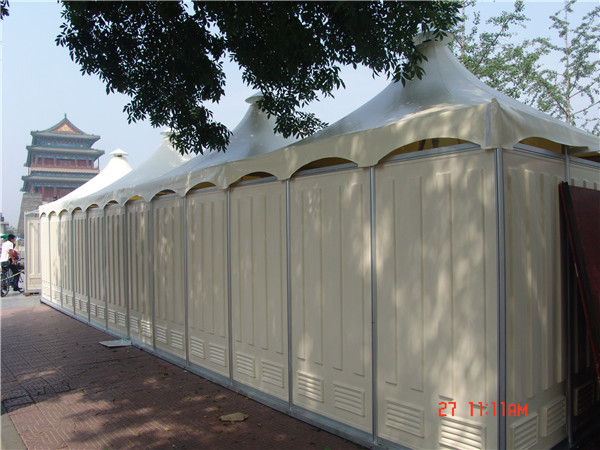Dec . 23, 2024 05:09 Back to list
hdpe culvert pipe
Understanding HDPE Culvert Pipe Benefits and Applications
High-Density Polyethylene (HDPE) culvert pipes have emerged as a preferred choice in civil engineering and infrastructure development. They are primarily used for water drainage systems, particularly for culverts, which are structures that allow water to flow under roads, railways, or other barriers. This article explores the benefits, applications, and considerations of using HDPE culvert pipes.
What is HDPE Culvert Pipe?
HDPE culvert pipe is made from high-density polyethylene, a type of plastic known for its strength, durability, and resistance to various environmental factors. This material has gained popularity because it offers a lightweight yet robust alternative to traditional culvert materials, such as concrete and metal.
Key Benefits of HDPE Culvert Pipes
1. Durability and Longevity HDPE pipes are highly resistant to corrosion and chemical degradation. Unlike metal pipes, they do not rust, and unlike concrete, they are not prone to cracking. This durability extends the life expectancy of the culvert, often exceeding 50 years with proper installation and maintenance.
2. Lightweight and Easy to Handle HDPE pipes are significantly lighter than their concrete or metal counterparts, making transportation and installation easier. This reduced weight can lead to lower labor costs and shorter project timelines, as fewer resources are needed for handling and installation.
3. Hydraulic Efficiency The smooth interior wall of HDPE culvert pipes ensures minimal friction loss, allowing for efficient water flow. This characteristic makes them ideal for a variety of drainage applications, from small residential projects to large-scale agricultural and municipal systems.
4. Flexibility and Resilience HDPE pipes can withstand significant ground movement and stress without breaking. This flexibility is particularly advantageous in areas prone to shifting soils or seismic activity, where more rigid materials might fail.
5. Environmental Benefits Being made from recyclable materials, HDPE pipes are an environmentally friendly choice. Their longevity also means fewer replacements over time, reducing waste and resource consumption.
Applications of HDPE Culvert Pipes
hdpe culvert pipe

HDPE culvert pipes have a diverse range of applications across various sectors
- Transportation Infrastructure These pipes are frequently used in road construction to manage stormwater runoff, preventing flooding and maintaining road integrity. - Agricultural Drainage In farming, HDPE pipes help manage subsurface drainage systems, ensuring optimal soil moisture levels and improving crop yields.
- Urban Development Municipalities utilize HDPE culverts in urban planning to control stormwater drainage, helping to prevent urban flooding and minimize erosion.
- Recreational Projects Parks, golf courses, and recreational complexes also benefit from HDPE pipes, which effectively manage water flow without disrupting the natural landscape.
Considerations When Using HDPE Culvert Pipes
While HDPE culvert pipes offer numerous benefits, there are several considerations to keep in mind
- Initial Cost Although HDPE pipes can reduce long-term maintenance and replacement costs, their initial purchase price may be higher compared to traditional materials, potentially impacting budget-sensitive projects.
- Installation Requirements Proper installation is crucial to maximize the benefits of HDPE pipes. Contractors must ensure they are trained and skilled in the specific techniques required for HDPE systems.
- Not Suitable for All Applications While versatile, HDPE pipes may not be ideal for extreme temperature conditions or certain highly corrosive environments. Engineers should carefully evaluate the specific needs of each project before selecting materials.
Conclusion
In conclusion, HDPE culvert pipes present a modern alternative for drainage and culvert applications with numerous benefits, including durability, lightweight handling, and environmental friendliness. With appropriate design and installation, these pipes can provide effective solutions across various sectors, contributing to safer and more efficient infrastructure management. As communities continue to evolve and face challenges related to water management, HDPE culvert pipes will likely play a crucial role in sustainable development practices.
-
Durable PP Rigid Sheet: Lightweight, Chemical Resistant Solutions
NewsAug.21,2025
-
PVC Grey Sheet for Extraction: Chemical Resistant & Durable
NewsAug.19,2025
-
Durable PVC Pipe Fittings for Plumbing & Irrigation Needs
NewsAug.18,2025
-
HDPE Steel Belt Reinforced Spiral Corrugated Pipe | High Strength
NewsAug.17,2025
-
HDPE Pipe Fittings: Durable, Leak-Proof Solutions
NewsAug.16,2025
-
Premium CPVC Sheet: High-Temp & Chemical Resistant Solutions
NewsAug.15,2025

